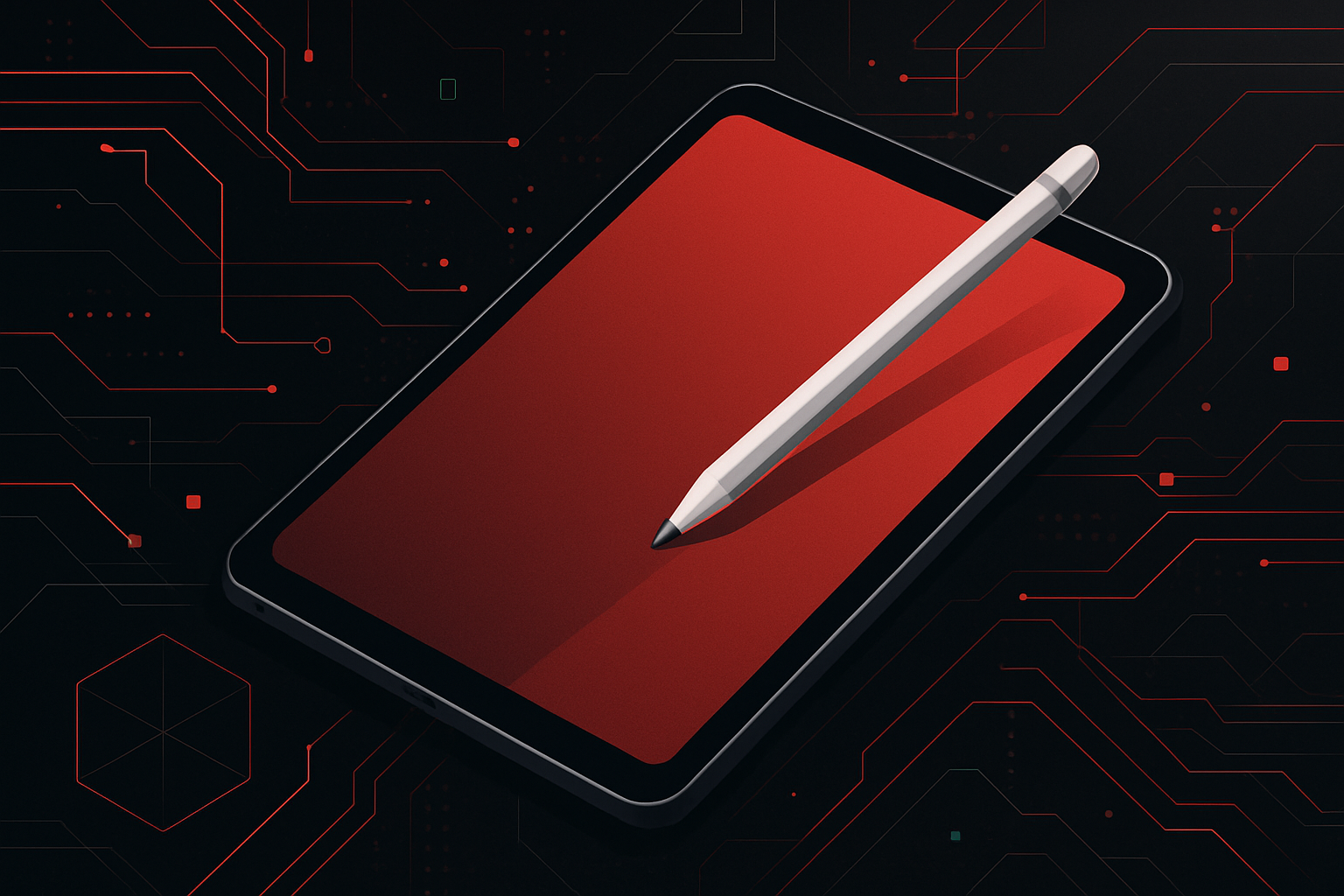The Role of Typography in Effective Web Design

Understanding Typography in Web Design
Typography, akin to the brushstrokes in an artist’s masterpiece, forms the backbone of effective web design. It not only conveys information but also influences emotions and perceptions, shaping user experience in multifaceted ways. Delving into the nuances of typography offers insights into its indispensable role in digital aesthetics.
The Anatomy of Typography
Typography is more than just selecting a font; it is a harmonious blend of various elements that together create visual coherence and readability.
- Typeface and Font: While often used interchangeably, typeface refers to the design (e.g., Arial), whereas a font is a specific style and size of that typeface (e.g., Arial Bold, 12pt).
- Kerning, Leading, and Tracking: These terms describe the spacing between characters, lines, and words, respectively. Proper adjustment ensures legibility and aesthetic balance.
body {
font-family: 'Arial', sans-serif;
line-height: 1.6; /* Leading */
letter-spacing: 0.02em; /* Tracking */
}
- Hierarchy: Establishing a clear hierarchy with typography helps users navigate content effortlessly. This involves varying font sizes, weights, and styles to differentiate headings, subheadings, and body text.
Choosing the Right Typeface
Selecting the appropriate typeface is akin to choosing the right brush for a painting. It must reflect the brand’s ethos while ensuring readability and accessibility.
Serif vs. Sans-Serif
| Typeface | Characteristics | Best Used For |
|---|---|---|
| Serif | Traditional, formal, readable in print | Body text in long-form content |
| Sans-Serif | Modern, clean, minimalistic | Digital interfaces and short text |
Considerations for Typeface Selection
- Purpose and Audience: Understand the context and target users. A formal corporate site may benefit from a serif typeface, while a tech startup might lean towards sans-serif.
- Readability: Ensure the typeface is legible across devices and screen sizes. This involves testing in diverse resolutions and ambient lighting conditions.
- Performance: Consider web-safe fonts or use font services like Google Fonts to load custom typefaces efficiently.
Technical Aspects of Typography in Web Design
Typography’s technical execution is as crucial as its aesthetic choice. The use of CSS and various web technologies enhances control over typographic elements.
Responsive Typography
Responsive design extends beyond layouts to include typography. Fluid typography adapts based on screen size, ensuring optimal readability.
h1 {
font-size: 2.5vw; /* Responsive font size */
}
Web Font Optimization
Loading fonts can impact page performance. Techniques such as font subsetting, using font-display properties, and asynchronous loading can mitigate this.
@font-face {
font-family: 'Roboto';
src: url('roboto.woff2') format('woff2');
font-display: swap;
}
Enhancing User Experience with Typography
Typography transcends mere decoration; it is a conduit for emotional and cognitive connections.
Emotional Impact
Different typefaces evoke distinct emotions. Serif fonts can elicit trust and tradition, while sans-serif fonts convey modernity and simplicity. Experiment with type pairings to create mood and contrast.
Accessibility
Inclusive design mandates that typography be accessible to all users, including those with visual impairments.
- Contrast: Ensure sufficient contrast between text and background.
- Text Size: Allow users to adjust text size without breaking the layout. Use relative units like
emorremrather than pixels. - Screen Readers: Use semantic HTML to aid screen readers in interpreting text structure correctly.
Practical Implementation Tips
The path from theory to practice requires thoughtful execution. Here are actionable steps to integrate effective typography into web design.
- Prototype and Test: Utilize tools like Figma or Adobe XD to prototype and test typographic choices before implementation.
- CSS Variables: Implement CSS variables for managing typography styles consistently across a site.
:root {
--primary-font: 'Roboto', sans-serif;
--secondary-font: 'Georgia', serif;
}
body {
font-family: var(--primary-font);
}
- Continuous Review: Regularly audit typography as part of a broader UX review process to ensure it evolves with user needs and technological advances.
By weaving these strands of typography into the fabric of web design, designers can craft digital experiences that resonate on both a functional and emotional level. Each typographic choice is a note in a symphony of visual communication, resonating with the clarity of purpose and the beauty of form.




0 thoughts on “The Role of Typography in Effective Web Design”